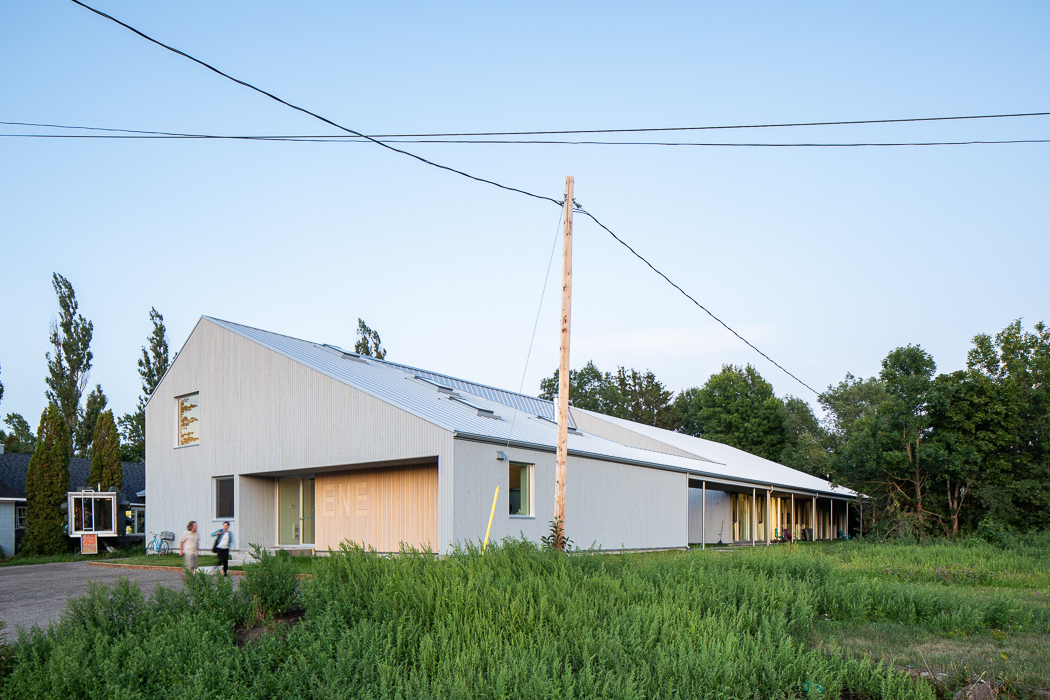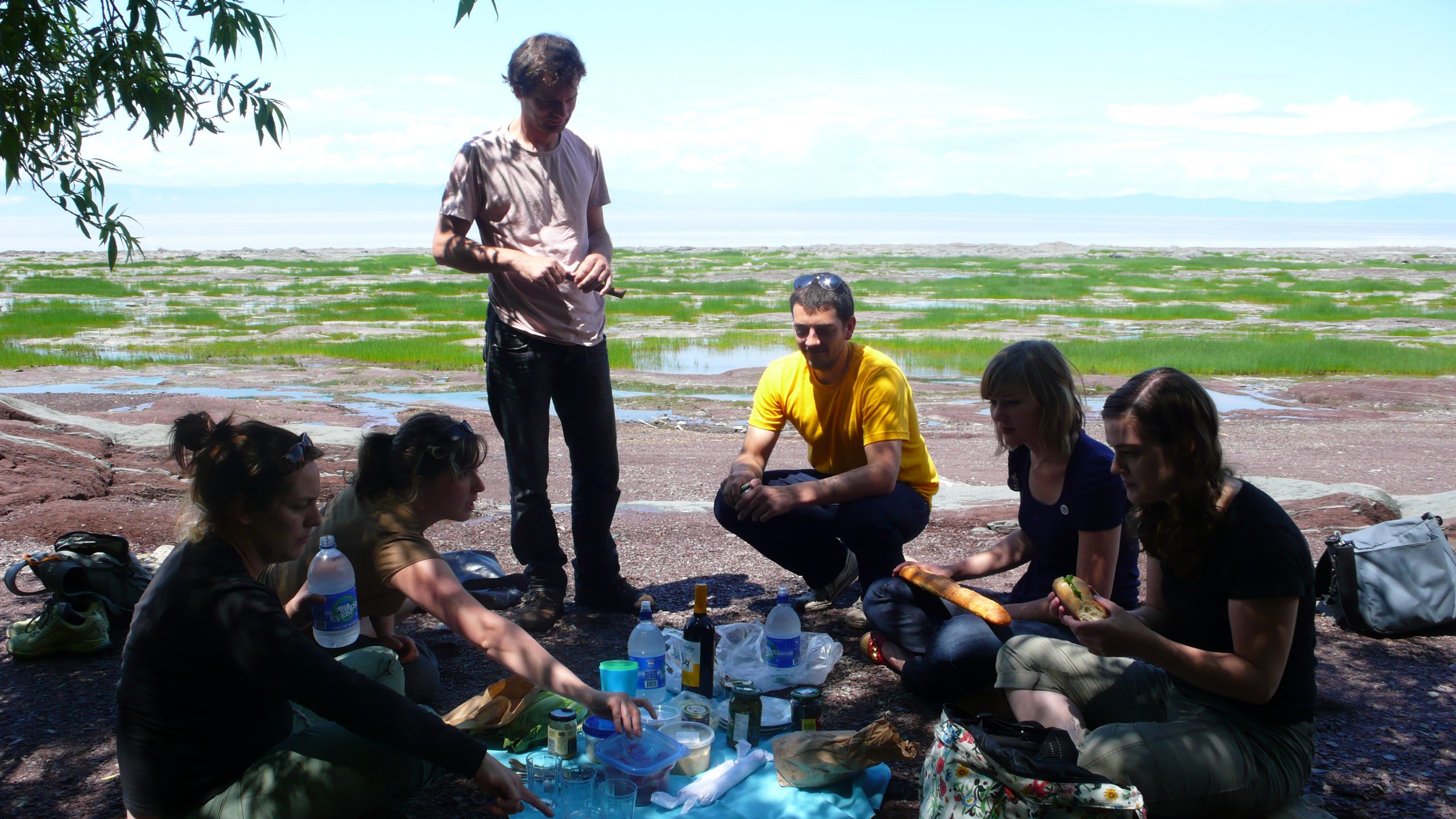
Above all, Est-Nord-Est is a place for encounters and free experimentation, where artists and authors in the contemporary visual arts field can experience an environment that encourages artistic exploration. Its home is the plural culture of Saint-Jean-Port-Joli: the expertise in applied arts – woodworking, ceramics – rooted in its identity, the people, the industries, the land. It is surrounded by the evocative landscape of the Chaudière-Appalaches region: the river, the blue-and-green riverbanks, the sunsets.
ENE draws its essence from these community, cultural, and geographic settings and channels it into artist residencies in which research and the creative process take place in a context of professional retreat that is unique in Canada
Est-Nord-Est, a stimulating community environment
To foster artistic emulation, each season ENE hosts simultaneously four artists and one author in the visual arts, from the national and international communities. The residents – all genders and generations combined – live in spaces thought out to stimulate sharing of knowledge and fertile professional networking.
These exchanges emerge as opportunities to develop artistic approaches and hatch possible future collaborations, in a space where issues raised by today’s art are challenged. This unique formula of hosting and support contributes to the renewal of the discipline by creating a privileged encounter between art and writing practices.
Saint-Jean-Port-Joli, a dynamic cultural environment
Rooted in the community of Saint-Jean-Port-Joli, ENE facilitates meetings, upon request by residents, so that they can find out about the expertise of artists, artisans, business owners, and other experts in the local cultural sector.
Recognized as one of the hot spots for carved-wood sculpture in Québec, the village is also bubbling with initiatives in fields ranging from farming to ceramics, including glasswork, weaving, and metalwork. The lively village dynamic contributes invaluable energy to artistic research. With the Biennale de sculpture, the Musée de la mémoire vivante, the Vivoir, the Musée Maritime, and more, Saint-Jean-Port-Joli is bursting with initiatives that provide fertile ground for galvanizing the residents’ creative processes.
Chaudière-Appalaches, an inspiring geographic environment
An important player in contemporary art outside of large cities, ENE draws its uniqueness from a bucolic region, ideal for sparking in situ reflection and experimentation. Situated 115 km from Québec City and 350 km from Montréal, Saint-Jean-Port-Joli is known for its breathtaking view of the St. Lawrence River, which flows along its northeast edge.
In both summer and winter, this rural village, population 3,500, is overflowing with beautiful natural and heritage landmarks, making it a place propitious to the deeper exploration of visual arts practices. Snow, spring melt, summer heat, and autumn colours: these poetic manifestations of the Chaudière-Appalaches region weave their way into the imaginations of artists and authors, beckoning them, if they wish, to make artistic explorations in and inspired by the landscape.
Discover
Newsletter
Keep up to date with the latest news!








